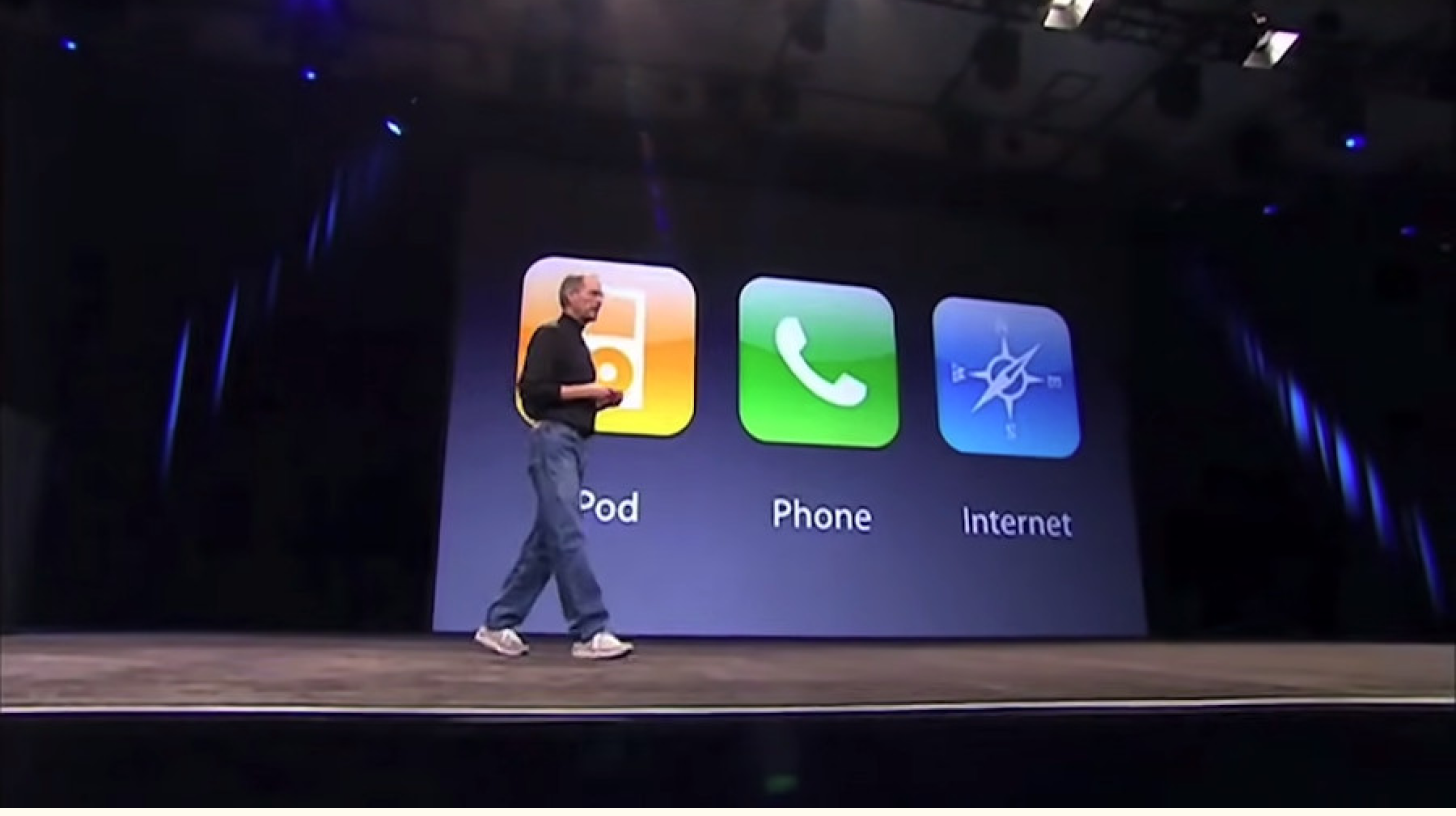Vitamin vs. Painkiller
Understanding the distinction between a vitamin and a painkiller is crucial.
Vitamins represent ideas or solutions that yield long-term benefits and are perceived as “nice to have” rather than urgently necessary. They are preventive in nature, contributing ongoing value and enhancing overall well-being.
However, prioritizing and acting upon vitamins can be challenging as they often lack a sense of urgency or immediate necessity. While people may acknowledge the importance of vitamins, they may struggle to find the motivation or energy to fully embrace them—similar to the difficulty of consistently incorporating a daily vitamin supplement into our routines.
On the flip side, painkillers are ideas or solutions that directly address immediate pain points or urgent problems. They offer relief, solve acute challenges, and provide tangible benefits that people actively seek out.
Painkillers capture attention because they offer swift solutions to pressing needs, akin to reaching for pain medication when experiencing a headache. The urgency associated with painkillers makes individuals more motivated and receptive to taking immediate action.
To enhance the persuasiveness of your ideas, aim to position them as painkillers rather than vitamins.
Creating a Persona for Effective Selling
Understanding your target audience is essential for successful selling, with two key factors identified by an HBR study: empathy and ego drive. Empathy involves your ability to relate to someone, while ego drive measures your desire for success. Let’s delve into actionable tips, starting with empathy.
If you lack information about the person, consider the following questions:
- What is their name?
- How old are they?
- What is their personality like?
- What are their goals and challenges?
If you don’t have a specific individual in mind, creating a persona can be helpful. For instance, envision your ideal customer:
- Name: Sarah
- Age: 35
- Profession: Sales Professional
- Characteristics: Tech-savvy, driven, detail-oriented
- Goals: Optimize business processes, boost efficiency and productivity
- Software Preferences: User-friendly, scalable, CRM integration
- Challenges: Finding a software solution that meets specific needs
- Value: Personalized support, thorough documentation, responsive customer service
Now, address these crucial questions:
- What needs does he/she have that can be fulfilled by your product or service?
- How will making a purchase help them achieve their goals and concerns in life?
Once you have a clear persona, tailor your marketing approach accordingly. Consider: How do they prefer communication (email, text message, social media post)? When is the optimal time for them to receive information from you? Is there anything specific that would engage their interest in hearing from you (updates about a new product or service, upcoming sale)?
Understanding Your Competition and Crafting a Unique Selling Proposition
Before diving into the art of selling an idea, it’s imperative to grasp the dynamics of the market, your competition, and your target audience. To effectively sell your concept, you must build a compelling case for why your product stands out in the market. The key is not only understanding the competition but also internalizing the greatness of your own product or service.
Consider a hypothetical scenario where you’re introducing a new fizzy drink into a market dominated by giants like Dr. Pepper and Coca-Cola. To make your soda the true titan of the soda realm, focus on highlighting key differentiators:
- Is it a fusion of exotic fruits that tantalizes taste buds uniquely?
- Does it feature a healthier, all-natural formula catering to modern preferences?
- Perhaps it boasts an innovative packaging design enhancing both convenience and sustainability?
Dive deep into the distinctive attributes of your imaginary soda, emphasizing its superior qualities and unparalleled value proposition. Whether it’s a secret ingredient, a groundbreaking flavor combination, or a refreshing take on tradition, encourage your audience to envision a soda experience surpassing their wildest expectations.
It’s crucial to note that the aim is not to diminish the competition but to position your idea as the epitome of innovation and customer satisfaction. By comprehensively knowing your competition, you can effectively communicate how your imaginary soda rises above the rest, enticing consumers with a beverage that promises an exceptionally unique and unforgettable experience.
Communicate Like They’re Five: The Power of Simplicity in Selling
Research on the language used by 19 presidential candidates reviews a key insight: simpler language resonates more effectively with voters than complex language. This principle extends beyond politics—it’s applicable to selling products too. If you want your message to be heard, opt for language that is easy to understand.
Consider the difference between a technical explanation and a simplified one for a mindfulness app:
Technical Explanation:
Our mindfulness app leverages a sophisticated blend of neurofeedback algorithms, biofeedback sensors, and guided meditation techniques to help users achieve a state of deep relaxation and mental clarity. Through real-time brainwave analysis and heart rate variability monitoring, the app provides personalized feedback on users’ physiological responses, enabling them to optimize their mindfulness practice for enhanced stress reduction, focus, and emotional well-being. The app’s comprehensive library of guided meditations caters to different goals and experience levels, ensuring a tailored mindfulness journey for each user.
Simplified Explanation:
Imagine having a pocket-sized zen master guiding you towards inner peace and a calmer mind. Our mindfulness app does just that! With its soothing meditations and personalized feedback, it helps you reduce stress, improve focus, and find balance in your busy life. Whether you’re a beginner or an experienced practitioner, our app is like a trusted friend, supporting you on your mindfulness journey. Say hello to a calmer you with our incredible mindfulness app!
Action Step: Simplify your technical description using a tool like “Explain Like I’m Five.” This approach reduces cognitive load, making your ideas more accessible and engaging.
Harnessing the Power of Social Proof in Selling Ideas
In the realm of selling ideas, mastering the principles of persuasion is key, and one particularly potent principle is social proof. This concept, supported by research from psychology expert Robert Cialdini, holds significant sway in the art of persuasion. Through the strategic use of testimonials and storytelling, you can capture your audience’s attention and increase the likelihood of idea adoption.
Here’s how to effectively leverage social proof:
- Testimonials:
Gathering testimonials is a robust method to establish credibility and sway others towards embracing your idea. Connect with satisfied customers and request their feedback and endorsement. Consider seeking testimonials from influential figures in your industry, presented in written statements or video testimonials.
- Storytelling with Feeling:
Craft compelling narratives that showcase real-life experiences of individuals or organizations that have successfully embraced your idea. For instance, if you’re promoting a financial planning service, share a story illustrating how your idea helped a family achieve their financial goals and secure their future. Infuse the story with vivid details, specific challenges, and measurable outcomes to make it relatable and impactful.
Pro Tip: While social proof is a valuable asset, honesty is paramount. Fabricating social proof is not advisable. If you’re just starting out, incorporate social proof once you’ve genuinely gained credibility in your field. Authenticity enhances the effectiveness of social proof in winning over your audience.
Introduce a Trial or Pilot Program: A Low-Risk Entry to Your Idea
Imagine offering a sneak peek of your idea without requiring a full commitment right away.
Providing a trial or pilot program is akin to encouraging individuals to dip their toes into the pool before taking the plunge. By giving interested parties a time-limited opportunity to experience the benefits of your idea, you effectively reduce the perceived risk associated with its adoption.
Prominent companies like Hulu and Planet Fitness often employ this strategy by offering free trials, allowing users to explore their services before making a commitment.
This approach fosters trust and confidence as potential users witness the value firsthand. Similar to how a sample at an ice cream shop can turn a casual visitor into a loyal customer, a trial program has the potential to transform skeptics into enthusiastic supporters of your idea!
Enhance Your Idea Presentation with a Visual Prototype
In certain situations, mere words may fall short in capturing the brilliance of your idea. This is where a visual prototype becomes a valuable asset.
Envision providing a glimpse into the future by crafting a visual representation or prototype of your idea. Whether it takes the form of a captivating mock-up, an engaging demo video, or an interactive presentation, a visual prototype renders your idea tangible and captivating.
Even industry giants like Apple employ this strategy:

Action Step: Elevate the visual appeal of your presentation. Leverage tools like Canva to design a striking prototype or create a simple yet compelling presentation to vividly showcase your idea.
How to Sell an Idea FAQs
How can I sell my idea for money?
Selling your ideas for money involves presenting your creativity in various formats, such as in-person, via email, or over the phone. Start with a concise pitch that can be explained in one sentence or less. Think of a clear and compelling way to describe your idea, akin to how you would do so over coffee. Additionally, have an elevator pitch prepared, offering a more detailed explanation of what your product does and why it would be beneficial.
How do I sell my ideas to others?
To sell your ideas to others, effectively articulate the value they bring. Explain how your idea solves problems, enhances efficiency, or creates opportunities using simple language. Tailor your message to resonate with your audience by understanding their perspective, needs, and motivations. Customize your pitch to address their specific concerns and illustrate how your idea aligns with their goals. Build a strong case by providing compelling evidence, incorporating facts, and utilizing visual data.
Can I get paid for my ideas?
Yes, you can get paid for your ideas. The value of ideas varies, and there are different ways to capitalize on them. Consider selling your idea as a product or service directly to a company interested in it. This could take the form of an invention, artwork, software code, or by working as an employee for someone who requires assistance with their business plan. If your idea is not yet fully developed, you can pitch it first to gauge interest before investing time and money in its development.
Sealing the Deal: Strategies for Selling Your Idea
When aiming to sell your idea successfully, consider the following key strategies:
- Offer a Trial or Pilot Program:
Provide a limited-time opportunity for potential customers to experience your idea firsthand. This approach builds trust and offers real-world evidence of your idea’s value.
- Showcase Data and Metrics:
Support your idea with relevant data, metrics, and case studies. This demonstrates its tangible impact and showcases a compelling return on investment.
- Provide a Visual Prototype:
Craft a visual representation or prototype of your idea. This aids stakeholders in better understanding and engaging with the concept.
- Create a Persona:
Develop a detailed profile of your target audience. This allows you to tailor your marketing efforts and effectively resonate with potential customers.
- Know Thy Competition:
Conduct thorough research on competitors, identify key differentiators, and communicate how your idea surpasses the competition.
- Explain Like They’re Five:
Use simple language to explain your idea, avoiding complex jargon or technical terms. This ensures clear communication and understanding.
- Leverage Social Proof:
Utilize testimonials and storytelling to build credibility. Persuade others to embrace your idea by showcasing positive experiences and outcomes.



